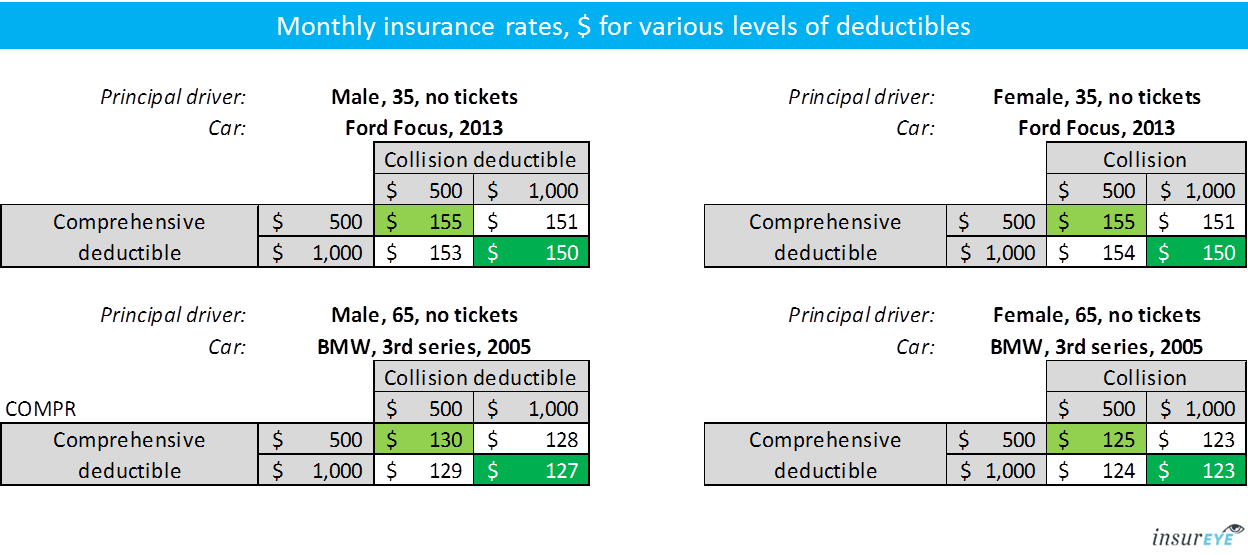This successfully removes the ceiling on monetary risk for individuals in the specific exchanges. The aids for insurance coverage premiums are provided to people who purchase a plan from an exchange and have a family earnings in between 133% and 400% of the poverty line. Section 1401(36B) of PPACA explains that each subsidy will be offered as an advanceable, refundable tax credit and offers a formula for its calculation: Except as supplied in stipulation (ii), the applicable percentage with regard to any taxpayer for any taxable year is equivalent to 2. 8 percent, increased by the number of portion points (not higher than 7) which bears the same ratio to 7 portion points as the taxpayer's family earnings for the taxable year in excess of 100 percent of the poverty line for a household of the size involved, bears to an amount equal to 200 percent of the poverty line for a family of the size included.
A refundable tax credit is a way to provide federal government advantages to people who may have no tax liability (such as the earned income tax credit). The formula was altered in the changes (HR 4872) passed March 23, 2010, in area 1001. To receive the aid, the beneficiaries can not be eligible for other acceptable protection. The U.S. Department of Health and Person Services (HHS) and Irs (IRS) on May 23, 2012, issued joint last rules relating to execution of the new state-based medical insurance exchanges to cover how the exchanges will identify eligibility for uninsured individuals and staff members of little businesses looking for to buy insurance on the exchanges, along with how the exchanges will manage eligibility determinations for low-income people applying for recently broadened Medicaid benefits. What is title insurance.
3% $2,778 $8,366 $4,000 250% $55,125 8. 05% $4,438 $6,597 $1,930 300% $66,150 9. 5% $6,284 $4,628 $1,480 350% $77,175 9. 5% $7,332 $3,512 $1,480 400% $88,200 9. 5% $8,379 $2,395 $1,480 In 2014, the FPL is forecasted to equal about $11,800 for a bachelor and about $24,000 for a family of four. See Aid Calculator [] for particular dollar quantity. DHHS and CBO estimate the average yearly premium cost in 2014 would be $11,328 for a household of 4 without the reform. In the specific market, sometimes believed of as the "recurring market" of insurance, [] insurers have actually generally used a process called underwriting to make sure that each individual spent for his/her actuarial worth or to deny coverage altogether.
The Best Strategy To Use For How Does Pet Insurance Work
The very same memorandum stated that 212,800 claims had actually been declined payment due to pre-existing conditions and that insurance companies had organization plans to restrict cash paid based upon these pre-existing conditions. These individuals who might not have received insurance coverage under previous market practices are ensured insurance protection under the ACA. Thus, the insurance coverage exchanges will move a greater amount of monetary risk to the insurance companies, but will help to share the expense of that danger among a bigger swimming pool of insured people. The ACA's prohibition on rejecting protection for pre-existing conditions started on January 1, 2014. Previously, a number of state and federal programs, consisting of most just recently the ACA, supplied funds for state-run high-risk pools for those with previously existing conditions. The Medical Insurance Market is a platform that provides insurance plans to people, families, and small services. The Affordable Care Act (ACA) developed the Marketplace as a means to extend medical insurance protection to countless uninsured Americans. Numerous states use their own marketplaces, while the federal government handles an exchange available to citizens of other states. The Health Insurance Market is an entrance for individuals, families, and small businesses to gain access to medical insurance. It was created following the passage of the Affordable Care Act. The Market is offered to those who don't have access to medical insurance through employer-sponsored strategies.


A variety of states have markets and the federal government has an exchange available for residents of the states that don't have their own. The Health Insurance Coverage Market is a crucial element of the Affordable Care Act, a healthcare reform signed into law by President Barack Obama in 2010, likewise referred to as Obamacare. The law instructed states to set up their own exchanges where individuals or families without employer-sponsored coverage might compare strategies. Many states, nevertheless, have chosen not to establish a market and have joined the federal exchange. The Market facilitates competition among personal insurance providers in a central location where people who do not have access to employer-sponsored insurance can find an ideal plan.
Normally, this duration takes place in November and December of the year prior https://writeablog.net/seannaitku/but-youand-39-ll-often-need-to-pick-up-the-phone-or-virtual-chat-to-ask-for to the year in which the coverage will take result. Consumers can request a special registration period when it comes to a qualifying occasion such as the birth of a child, marriage or the loss of another insurance coverage plan. The Marketplace classifies strategies into 4 tiers: bronze, silver, gold, and platinum, in the order of least to biggest coverage. The greatest tier, platinum, includes plans that cover around 90% of health expenses, but is likewise the most costly. Lower-income people and families can receive extra cost savings on all the health insurance prepares used on the exchange through premium tax credits and cost-sharing reductions.